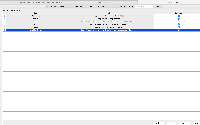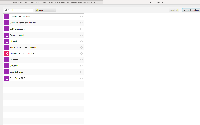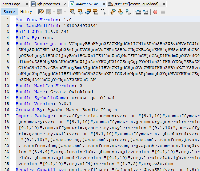Details
-
Type:
Task
-
Status: Closed (View Workflow)
-
Priority:
Major
-
Resolution: Done
-
Affects Version/s: None
-
Fix Version/s: None
-
Labels:None
-
Story Points:0.5
-
Epic Link:
-
Sprint:Winter 1 Dec 28 - Jan 8, Winter 2 Jan 11 - Jan 22, Winter 3 Jan 25 - Feb 5, Winter 4 Feb 8 - Feb 19
Description
Noor has released a new version of the Quickload App, which only works with IGB version 9.1.8.
Submit the App to one of the development (testing) appstore.
If that succeeds, next test our versioning scheme that is supposed to ensure that apps cannot be installed into incompatible versions of IGB. To develop the quickload app, we needed to modify IGB itself, adding new features to the API. As a result, the Quickload App can only function properly when installed in the latest IGB version 9.1.8.
To test how this is working, try to install the App from the test appstore into:
- IGB 9.1.6 (the released version)
- IGB 9.1.8 (the development version - get it directly from the team's bitbucket repository Downloads section)
Please make a note of any usability problems or weirdness you observe.





I was able to submit the Quickload app on my local environment successfully. But when I open the app instead of "Install the App" button, It's showing "Get IGB" whereas if I open another I can see "Install the App" button. I have added the App link in the IGB app but for some reason I was not able to see the Quickload app in appstore in 9.1.8 version.
cc: Dr. [~aloraine] and Noor Zahara